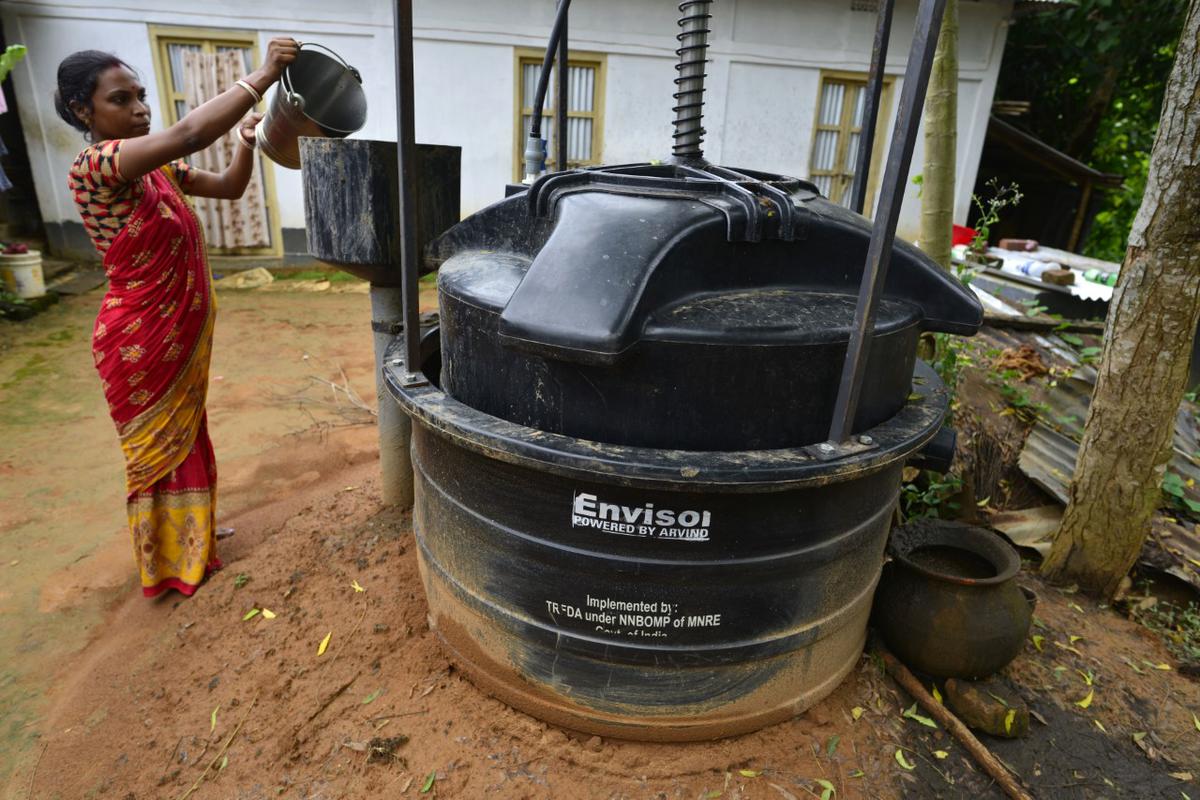
Bovines fuel kitchens in rural Tripura Premium
The Hindu
Livestock farmers of the northeastern State are saving on LPG and fertilizer costs thanks to a government initiative that has helped them in setting up biogas plants in their backyard
Livestock farmers in Tripura are increasingly investing in the “firepower” of their cattle to fuel their kitchens and fertilise their fields. All it costs is ₹500 and some backyard space to set up a portable biogas plant that costs ₹35,000.
Tripura is the highest producer of methane-loaded natural gas in India, the daily yield being 4.96 million standard cubic metres per day.
Going by the cattle population, the landlocked State is also among the highest producers of methane-rich cow dung in the country. According to a 2019 livestock census by Tripura’s Animal Resources Development Department, the State has a cattle population of 7.39 lakh. This translates into one bovine creature per every five persons, based on the human population extrapolated from the 2011 census.
“The sheer number of cows made us launch the subsidised biogas manure management programme in 2010-11. But during that fiscal, we fell short of the target of installing and commissioning 100 biogas plants the Ministry of New and Renewable Energy had set for us,” said Debabrata Sukla Das, the joint director of the Tripura Renewable Energy Development Agency (TREDA).
The programme blueprint said that a family with three or more cattle would be entitled to a biogas plant with a capacity of one cubic metre. The entitlement for a family with five to eight cattle was two cubic metres.
A factor behind the slow start was the ₹3,000 a beneficiary had to initially contribute to install an immovable cement biogas plant. The introduction of a smaller portable plant in 2016-17 had little impact on livestock farmers – only 87 were installed during that fiscal year, compared to 89 in 2010-11.
The programme was given a fresh push after the COVID-19 lockdown and the target for installation was increased by 200 every fiscal year to 1,000 for the current one ending March 2023. Slashing a beneficiary’s contribution to ₹500 helped TREDA up the installation rate.













